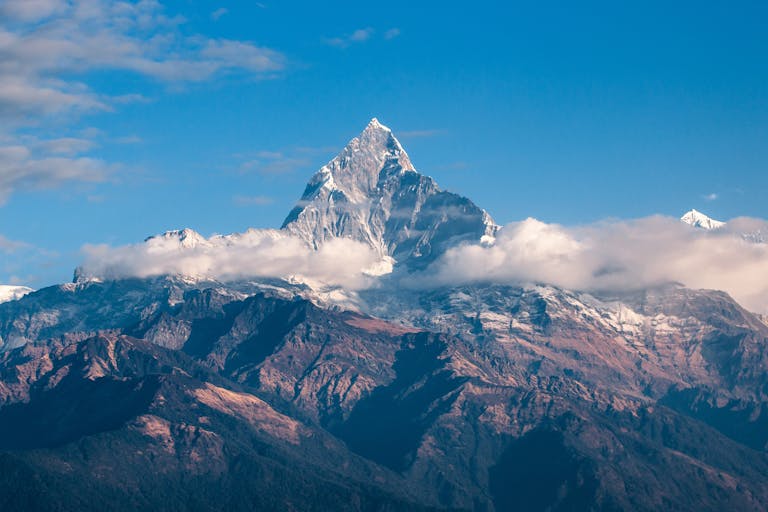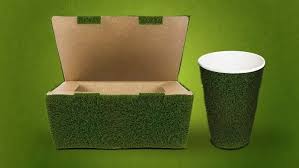Powering the Future: Key Steps in Installing Wind Turbines
As the world continues to shift towards renewable energy sources, wind power is emerging as a leading contender in the race to combat climate change. Wind turbines harness the power of wind to generate electricity in a sustainable and eco-friendly manner, and the process of installing them plays a critical role in their success. Whether you’re considering wind turbines for a residential, commercial, or industrial project, understanding the installation process is essential for ensuring optimal performance and efficiency. In this blog post, we’ll walk you through the key steps involved in installing wind turbines.
1. Site Selection and Assessment
The first and most crucial step in installing a wind turbine is selecting the right location. Wind turbines require consistent and strong wind to operate efficiently, so the site must be carefully assessed to ensure it can provide the necessary wind speeds. Wind maps and data analysis tools are typically used to assess wind patterns in a given area, which helps determine if the site is suitable for installation.
Factors to consider include:
● Wind speed and direction: Ideally, an area should have an average wind speed of at least 10 miles per hour for optimal performance.
● Topography: Flat or gently sloping land is best, as mountainous terrain can disrupt wind flow.
● Proximity to infrastructure: The site should be accessible for transporting the turbine components and close to power lines for easy connection to the grid.
● Environmental impact: Careful consideration should be given to the surrounding wildlife and ecosystems to minimize any adverse effects.
Once a site is chosen, a detailed wind study and environmental impact assessment are usually conducted before proceeding.
2. Choosing the Right Turbine
Once the site is determined to be suitable, the next step is selecting the right wind turbine. The turbine you choose will depend on several factors, including the size of your site, your energy needs, and your budget. There are two main types of wind turbines: horizontal-axis wind turbines (HAWTs) and vertical-axis wind turbines (VAWTs). Horizontal-axis turbines are the most common and resemble the traditional windmill design.
Considerations for selecting the right turbine include:
● Rated capacity: This determines how much energy the turbine can generate under ideal conditions.
● Rotor diameter: Larger rotors can capture more wind and generate more energy.
● Turbine height: Taller turbines can capture higher-altitude winds that are typically stronger and more consistent.
● Durability and maintenance needs: Choose a turbine that is built to withstand the local weather conditions and requires minimal maintenance.
Consulting with an expert or a wind turbine manufacturer can help ensure you select the best model for your needs.
3. Obtaining Permits and Approvals
Before installation can begin, various permits and approvals must be obtained. This step involves navigating local regulations, zoning laws, and other legal requirements that govern wind turbine installations. In some regions, you may need to submit a permit application that includes an environmental impact assessment, structural engineering plans, and details about the wind turbine.
Common permits and approvals might include:
● Building permits: Required to ensure that the turbine installation meets local construction standards.
● Environmental permits: Ensuring that the turbine does not harm local wildlife or ecosystems.
● Grid connection approval: If you plan to connect the turbine to the electrical grid, approval from the utility company may be necessary.
Working with an experienced team, including legal and regulatory experts, can help streamline this process and avoid delays.
4. Foundation and Structural Work
Once permits are in place, the physical installation can begin. This includes preparing the site for the turbine’s foundation, which is essential for ensuring the stability and safety of the structure. The size and design of the foundation depend on the size of the turbine and the characteristics of the soil.
Typically, a reinforced concrete pad or a pile foundation is used. The installation of the foundation involves:
● Excavation and site preparation: This involves clearing the land, leveling the ground, and ensuring that it’s ready for the turbine base.
● Concrete pouring: Concrete is poured into the foundation mold and left to cure for several days to reach the required strength.
● Anchoring systems: The turbine tower is secured to the foundation using heavy-duty bolts or anchoring systems to ensure stability under strong winds.
This stage is crucial because the foundation must support the weight and forces generated by the turbine’s operation.
5. Tower Assembly and Installation
After the foundation is complete, the next step is to assemble and install the turbine tower. The tower is usually constructed in sections and may be made of steel or concrete. The height of the tower varies depending on the turbine’s design, but taller towers are generally preferred to capture stronger winds.
The assembly process involves:
● Lifting and securing the tower sections: With the help of crane services in Utah and specialized equipment, each section of the tower is meticulously lifted and securely bolted together.
● Installation of the nacelle and rotor: The nacelle, which houses the turbine’s generator, gearbox, and other components, is hoisted into place at the top of the tower. The rotor blades are then attached to the nacelle.
This step often requires a team of experienced technicians and heavy machinery to ensure the installation goes smoothly.
6. Electrical and Grid Connection
Once the turbine structure is in place, the final step is connecting it to the electrical system. This includes wiring the turbine to the electrical grid or local power system and configuring the electrical components to ensure proper function.
● Internal wiring: The turbine’s generator, controls, and other electrical components are wired together.
● Grid connection: If the turbine is connected to the grid, transformers and inverters are installed to convert the electrical output from direct current (DC) to alternating current (AC) for distribution.
This step often requires close coordination with the utility company to ensure safe and reliable connection to the grid.
7. Testing and Commissioning
After everything is installed, the turbine undergoes testing to ensure it operates as expected. This includes checking for proper electrical output, verifying safety systems, and monitoring the turbine’s performance under different wind conditions. If everything passes inspection, the turbine is ready to be fully commissioned and begin generating power.
In Conclusion
Installing wind turbines is a complex but rewarding process that requires careful planning, expertise, and attention to detail. By following these key steps—site selection, turbine choice, permits, foundation work, tower assembly, electrical connection, and testing—you can help ensure a successful installation that provides clean, renewable energy for years to come. As we continue to move toward a greener future, wind turbines will play an essential role in reducing our dependence on fossil fuels and creating a sustainable energy landscape.





